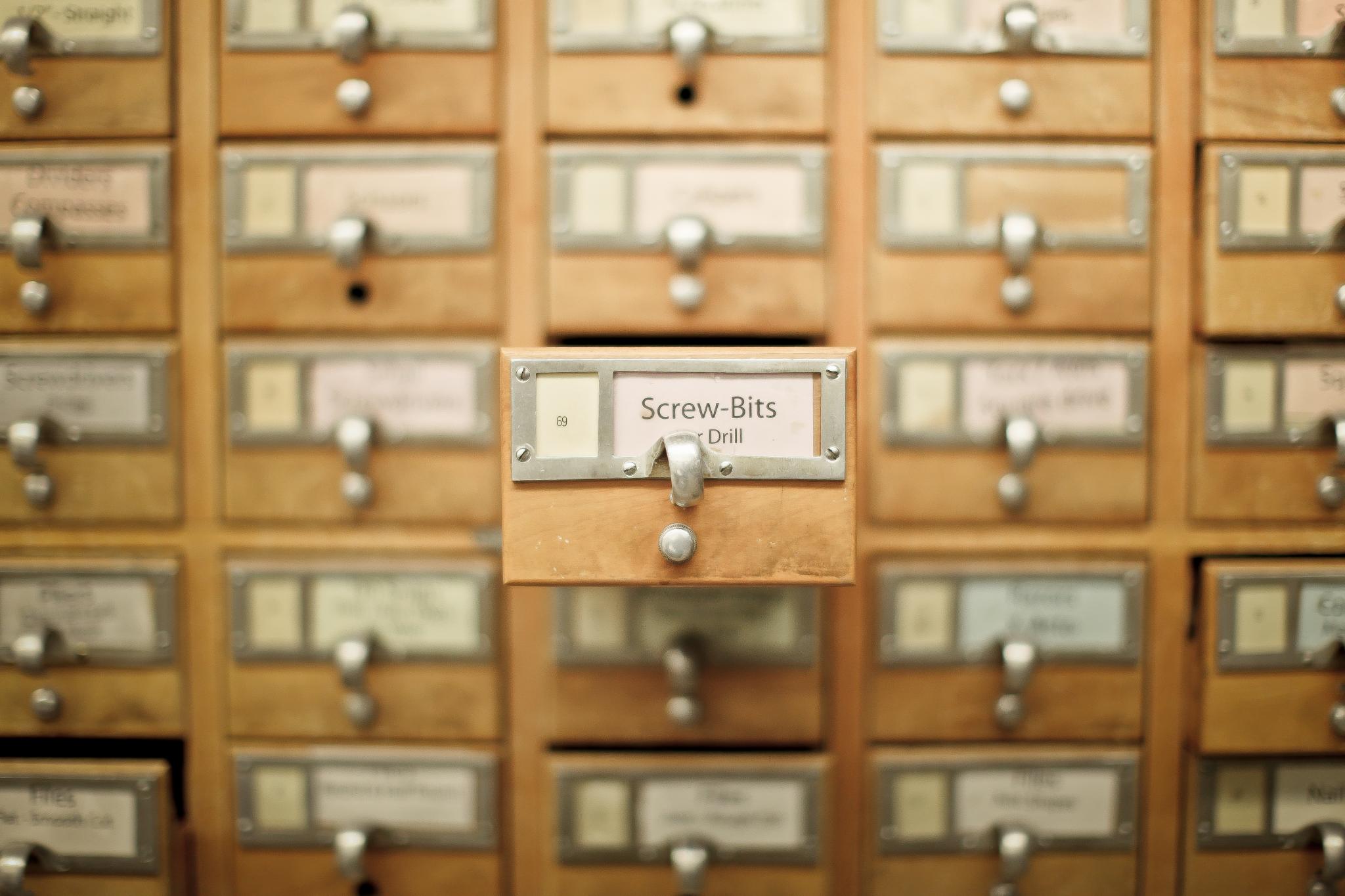Technological innovation in the cultural sector
The value of culture is multiplied when shared. The Internet, where there is no sharp distinction between consumer and producer, offers unique opportunities for the exchange of and interaction with culture. Kennisland designs and develops technological concepts to support these developments.
- Contact
- Lisette Kalshoven

The value of culture is multiplied when shared. The Internet, where there is no sharp distinction between consumer and producer, offers unique opportunities for the exchange of and interaction with culture. Kennisland designs and develops technological concepts to support these developments.
The cultural sector is progressively exploring and employing its digital opportunities. One of the ways in which this trend is expressed, is in the development of new apps and websites to discover, share and reuse digitised collections. These developments do not stand in isolation and a myriad of new questions arise in response to them. Kennisland realised that there is a need for technological tools that support a variety of functions. For example, to encourage the reuse of (public domain++Public DomainKennisland works on a variety of projects that aim to strengthen the public domain. This case elaborates on our efforts.) works or to simplify the interaction with complex intellectual property rights (IPR) or terms and conditions for users. KL supports others in the development of such tools, and designs and develops technological concepts for when the market fails to pick up on these needs.
Examples of technological concepts
Since 2009, we have been working on the Europeana Licensing Framework (ELF). KL developed standards to communicate information about the rights status of cultural objects. These standards have now been added to all objects in Europeana’s database. This information is readable both by machines and ordinary users. Europeana’s collection can hence be queried by a request for a specific license. For example, a user can search for public domain and CC0 works only. By clarifying the conditions under which users can share and reuse cultural works, ELF guarantees maximum access to these works.
Kennisland developed the browser plug-in Art Up Your Tab together with Studio Parkers and Sara Kolster. It shows you an enticing, inspiring painting or photograph from the rich collection of Europeana with every new tab or browser window that you open. Before you know it, you’ll be browsing beautiful images for half an hour while you just wanted to open a new tab!
In 2009 KL launchedKL is the archhitect of the Open Images platform. In 2012 this service accounted for 12% of all video’s on the online encyclopedia Wikipedia. the publication platform openimages.eu, which offers audiovisual works that are either in the public domain or available under open licenses. This service exemplifies internationally in what way video files from the cultural sector can be shared with a wider audience. In 2012 this service accounted for 12% of all video’s on the online encyclopedia Wikipedia.
The jurisdiction around intellectual property rights (IPR) is complex and differs per country. In cooperation with the Institute for Information Law and the Bibliothèque Nationale de Luxembourg, KL mapped out these jurisdictions and turned them into visual and interactive calculators. These are available at OutOfCopyright.eu. This platform answers in an intuitive and simple way the question if a cultural work or full collection is free of intellectual property rights (IPR). It thereby informs a user if this work can be shared and reused or not. Another part of the website is dedicated to the question if new rights arise after digitisation of cultural worksKennisland’s strength is to design inspiring concepts and to then bring parties together to enroll and develop these concepts. Central to our designs are reuse of digital culture, clarity about licenses and providing attribution.. A number of interactive maps helps the user to figure this out per country.
Maximum access to digital culture
The common denominator in all of these examples is that the tools enable both users and cultural institutions to share culture online. Kennisland’s strength is to design inspiring concepts and to then bring parties together to enroll and develop these concepts. Central to our designs are reuse of digital culture, clarity about licenses and providing attribution. All technology is made available as open source.

